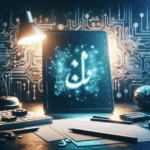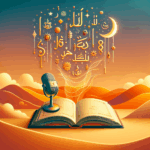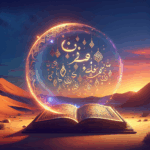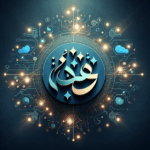The Arabic Alphabet and Its Role in Identity and Heritage
The Arabic alphabet is more than just a series of letters. It is a vibrant tapestry woven into the identity and heritage of millions around the world. From calligraphy to cultural expressions, this script plays a vital role in shaping and preserving the rich traditions of Arabic-speaking communities. Let’s delve into the fascinating world of the Arabic alphabet and explore how it contributes to cultural identity and heritage. 📜✨
Table of Contents
1. Introduction to the Arabic Alphabet
2. Cultural Significance
3. Preservation of Heritage
4. Modern Influences
5. Conclusion
6. FAQ
Introduction to the Arabic Alphabet
The Arabic alphabet consists of 28 letters and is written from right to left. It serves as the cornerstone for many languages, including Arabic, Persian, and Urdu. The script is not only a means of communication but also an art form, often seen in beautiful calligraphy adorning everything from mosques to modern art pieces. 🖋️
Cultural Significance
The Arabic alphabet is deeply embedded in the cultural identity of Arabic-speaking people. It is a symbol of unity across diverse nations, linking communities through a shared script. The calligraphic art forms derived from the Arabic script are celebrated worldwide, embodying a blend of tradition and creativity. From religious texts to poetry, the alphabet is integral to expressing cultural narratives and values. 🌍❤️
Preservation of Heritage
The Arabic script plays a critical role in preserving historical documents and literary treasures. Many ancient manuscripts have been passed down through generations, their stories and knowledge safeguarded by the resilience of the Arabic alphabet. Institutions and scholars work tirelessly to digitize and preserve these texts, ensuring that the wisdom and history they contain remain accessible to future generations. 🏛️📚
Modern Influences
In today’s digital age, the Arabic alphabet continues to evolve. It is present in social media, digital art, and even in coding languages. This adaptability ensures that the script remains relevant while still honoring its historical roots. Moreover, the rise of online learning platforms has made it easier than ever for people worldwide to learn and appreciate the Arabic language and its script. 💻🌐
Conclusion
The Arabic alphabet is not just a tool for writing; it is a profound element of cultural identity and heritage. Its ability to adapt and thrive in the modern world while preserving its historical significance is a testament to its enduring legacy. Whether through traditional calligraphy or digital expressions, the Arabic alphabet continues to inspire and connect people across the globe. 🌟✍️
FAQ
1. Why is the Arabic alphabet important for cultural identity?
The Arabic alphabet is a unifying symbol for Arabic-speaking communities, representing shared history, values, and artistic expression.
2. How is the Arabic alphabet used in modern times?
The script is used in digital communications, art, and education, adapting to new technologies while maintaining traditional practices.
3. Can non-Arabic speakers learn the Arabic alphabet?
Absolutely! Many resources are available online for anyone interested in learning the Arabic script, making it accessible to a global audience.
4. What role does calligraphy play in Arabic culture?
Calligraphy is a revered art form that combines beauty and language, often used to convey spiritual and cultural messages.
5. How does the Arabic alphabet contribute to preserving heritage?
The script helps maintain the integrity of historical documents and literary works, ensuring their stories are preserved for future generations.





